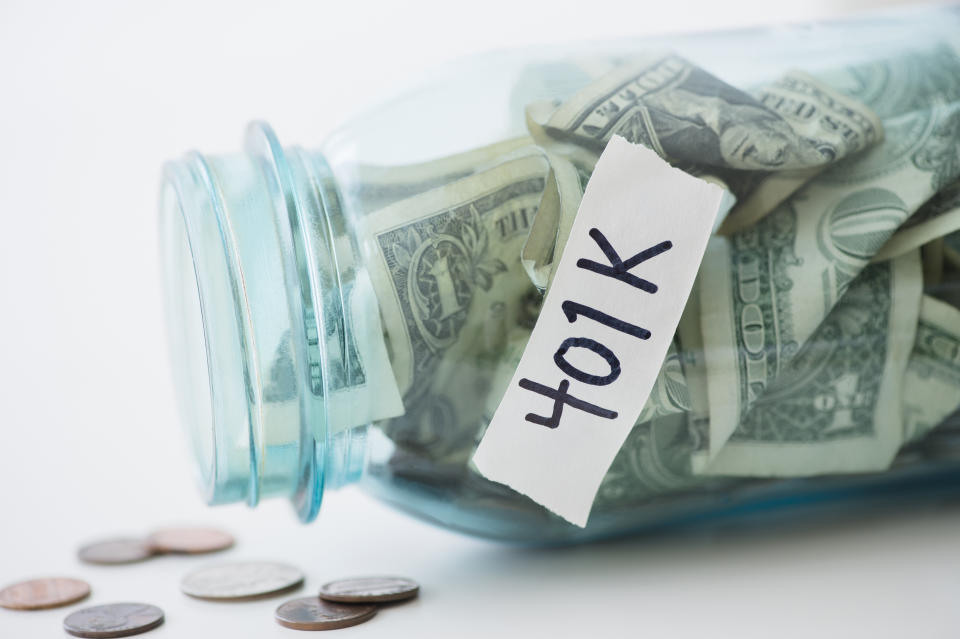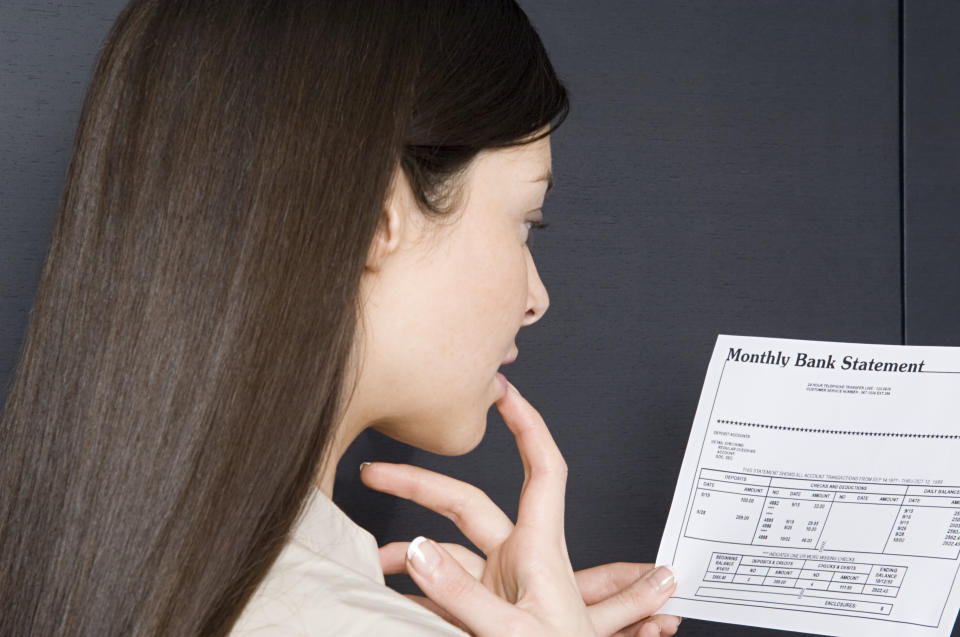Where Your Money Really Goes When You Tip On Uber Eats And Grubhub
The year 2019 is a magical time for homebodies, introverts and couch potatoes alike. Technology has all but eliminated the need to leave your house or speak to actual humans for just about any reason ― including eating. Thanks to on-demand food delivery apps, such as DoorDash, Uber Eats and Grubhub, you can have anything from breakfast burritos to Thai food delivered to your door in a matter of minutes.
But the last time you downed pad thai in the blissful quiet of your home, did you stop to consider the true cost of that convenience? Maybe not.
A recent New York Times article exposed what it’s really like to be a delivery person for these types of services, including the unfair tipping policy of one in particular: DoorDash. You might assume that when you tip your Dasher $3 for a speedy delivery, he pockets the full $3 in addition to whatever DoorDash promised to pay. However, it turned out that DoorDash was using tips to subsidize workers’ base pay. In other words, if the service promised to pay your delivery person $10 for the order and you tipped $3, he’d still get only $10 ― and DoorDash would only have to shell out $7.
The backlash following this discovery has been so great that DoorDash decided to change its policy. Chief Executive Tony Xu took to Twitter on July 23 to explain how the company will allocate tips in the future.
That’s good (albeit long overdue) news for Dashers, but you may be left wondering where your tips go when using similar services. Below is a breakdown of the tipping policies for similar delivery apps.
Uber Eats
Tipping wasn’t always a built-in feature of Uber’s apps. In fact, it was implemented only a little over two years ago.
According to the Uber Eats website, tips are not expected. Customers who want to include a tip with their payment can do so via the app during checkout or when rating the delivery person. Cash tips are also welcome.
Additionally, tips never supplement drivers’ base pay. “Whatever you tip, however you tip, 100% always goes to your driver or delivery partner with Uber or Uber Eats. They’ve earned every dollar,” said Daniel Danker, head of driver product at Uber. Since launching tipping on Uber and Uber Eats, drivers and delivery partners have made nearly $2 billion in tips on top of their earnings.
Grubhub/Seamless
Food delivery services Grubhub and Seamless (which is owned by Grubhub) encourage tipping. In fact, Grubhub’s guide to tipping states that 20% of the total order cost is a standard amount to give, and you should never tip less than $5. It adds that you should throw in a little extra for complex delivery requirements or bad weather.
Fortunately, you can rest assured that if you do tip generously, the full amount will go to your delivery person. Katie Norris, senior manager of corporate communications at Grubhub, said 100% of tips go to the driver. “We determine a driver’s per-order pay independently and separately from any tips he or she receives,” she explained. “We pay drivers per order ― rather than hourly ― and any tip is in addition to the per order pay, not a substitute in any way.”
Postmates
One of the nice features of the Postmates app is that it doesn’t prompt you to leave a tip until after your order has been delivered. This way you don’t end up tipping more or less than you’d like to based on the service. Customers aren’t able to place new orders until action is taken at the tipping stage.
Postmates confirmed that members of the Postmates fleet always retain 100% of their tips, and customer tips will never be used to eat into their base earnings.
Amazon Flex
Drivers who deliver orders through Amazon delivery apps, such as Prime Now and Whole Foods, receive payment through Amazon’s Flex program. Its website states drivers earn $18 to $25 per hour but is less transparent regarding how tips are applied.
In public statements, Amazon has said that workers keep 100% of their tips. However, the Los Angeles Times recently reported that Amazon often dips into tips in order to meet guaranteed wages, writing in multiple emails to employees: “We add any supplemental earnings required to meet our commitment that delivery partners earn $18-$25 per hour.”
Amazon didn’t respond to our request for details regarding its tipping policy.
Caviar
Caviar, the on-demand food delivery app from mobile payment company Square, does not require diners to tip couriers. However, when they do, none of that money goes to the company.
“Couriers delivering with Caviar are paid a base rate and tip. Caviar does not reduce the base pay for an order if a customer tips more, and 100% of tips given by diners are passed on to the courier,” said Katie Dally, communications lead for Square’s financial services products.
Instacart
Unlike the other services mentioned, Instacart exclusively delivers grocery store orders. It’s a lot more involved since workers actually do your shopping for you in addition to delivering it. That’s why Instacart received similar criticism to DoorDash and decided to update its payment and tipping practices earlier this year.
Payment by Instacart is based on the time, effort and driving distance it’s estimated the order will require. Shoppers earn a minimum payment of $7 to $10 per full-service order and $5 per delivery-only order. A representative of Instacart said these payments are separate from and in addition to tips from customers that shoppers may receive based on service. Additionally, Instacart no longer uses customer tips to supplement a shopper’s payment; 100% of tips submitted through the Instacart app go directly to the shopper.
Your Tips Matter
Though the tipping policies of some delivery services are better than others, the truth is that the human workers behind these apps are often overworked and underpaid. As workers who can receive tips, their minimum wage could be as low as $2.13 depending on the state. And as independent contractors, they don’t receive any benefits.
Tips might seem like an added bonus for whoever is delivering your food, but many depend on those tips to make ends meet. So the next time you order delivery through your phone, be sure to compensate the person making your life that much easier and choose a service that lets them keep 100% of what you give.
CORRECTION: A previous version of this article stated that Instacart shoppers are compensated for mileage in addition to the initial batch payment. Mileage is included in the batch payment calculation.
Related Coverage
How To Tip In These 10 Confusing Situations
Here's How Much You Should Really Tip An Uber Or Lyft Driver
How To Properly Tip Housekeepers, Bellhops And Other Hotel Staff
Also on HuffPost
Roll Over Your Old 401(k)

Switch Banks

Negotiate With Your Internet Provider

Complete A Health Assessment

Sign Up For Auto-Pay

Rethink Your Health Insurance

Skim Your Bank Statements

Listen To A Personal Finance Podcast

Switch To A Prepaid Cellphone Plan

Set It And Forget It

Love HuffPost? Become a founding member of HuffPost Plus today.
This article originally appeared on HuffPost.

